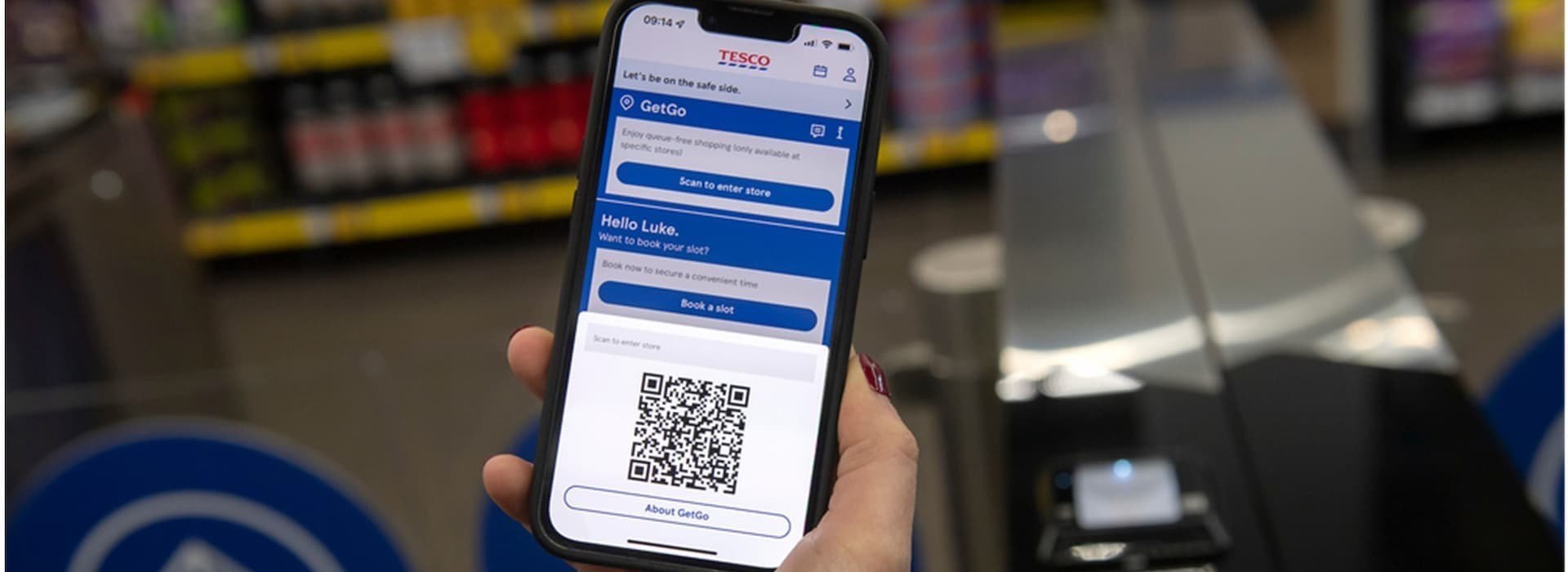Three ways retailers can boost their rep during returns season
By Nick Shaw, Chief Revenue Officer, Brightpearl
With the holidays now behind us, retailers have another huge challenge to navigate: returns season.
Post-holiday returns are a fact of life for retailers, but this year could be especially difficult with forecasts suggesting record breaking returns and a 23% increase over the 2020 peak period.
The increase is down to more flexible return policies implemented by retailers to combat the challenges of retail during Covid-19 and increased e-commerce.
This year, with online shopping on the rise, a huge increase in holiday returns is expected to follow, so it’s no surprise that 70% of firms are worried about the growing impact on their bottom line, according to a Brightpearl study.
Retailers can try and reduce return rates but the reality is that negative experiences can deter customers from shopping with a brand again. They aren’t going to be able to eliminate all returns, but what they can do is avoid the poor experiences that lead to negative reviews and lost customers.
Here are three ways retailers can make post-holiday returns a breeze for customers, boosting the firm’s reputation in the process and leaving customers with a feeling of trust and goodwill that’ll make them more likely to buy again in future…
1. Eliminate friction from the returns process
Just as a frictionless checkout process creates good will and builds customer loyalty, a smooth and easy return process can send a message to the customer that you value their business and want them to continue shopping with you.
Even though you may be dealing with dissatisfied customers, returns are an essential opportunity to engage with them in a positive way. Surprisingly though, very few retailers are making use of technology to process returns and eliminate bottlenecks.
A staggering 69% of retailers are not deploying technology solutions to automate and process returns.
This striking statistic highlights how retailers themselves are exacerbating the cost and complexity of managing returns, with the average returned purchase passing through seven people before it’s listed for resale.
Frictionless returns are essential for creating customer stickiness because it sends the message that shopping at your store is low-risk and hassle free, even if the purchase doesn’t work out.
2. Relationships over revenue
In today’s digital world reputation is more important than ever and brands should prioritise building long-term relationships over short-term revenue gains.
Why is reputation important? 84% of shoppers read online reviews before buying, according to Brightpearl data, and 70% of customers will stop buying from a company after a bad experience.
Though 89.7% of consumers would give companies a second chance before giving up on them for good if a complaint is handled properly and to their satisfaction.
And, interestingly, 30% of shoppers also look more favourably on retailers who actively respond to negative reviews posted about their services online. Accepting returns graciously - and making the returns process hassle free - can build trust, good will and loyalty.
Positive customer sentiment will go a long way toward building a long-term relationship with the customer and earning their repeat business.
In fact, Brightpearl’s 2020 Trusted 100 barometer found that 51% of online shoppers now consider trust to be the key factor in deciding which retailers to shop with, beating out price and brand name.
Additionally, after you’ve delivered a frictionless returns experience, ask for a review. Most shoppers will be open to it, if asked, and it's another way to highlight to potential customers that you’re a trusted and hassle free brand.
3. Analyse why you’re getting negative reviews
You can’t win them all. Unfortunately, most online retailers will at some point receive some stinging feedback in the form of reviews or social media criticism. However, negative reviews, in particular, can be a gift.
They provide valuable information about customer expectations and where certain areas might be falling short - and it’s often after the buy button.
Brightpearl researched 29,080 1 star reviews left by consumers in 2019, rating the service of e-commerce businesses, and found that 77% of 1* feedback was a result of typical operational failures, such as poor customer service, or negative experiences related to delivery, returns and refund policies.
Retailers should utilise the post-holiday returns period to assess how their ecommerce operation performed during the peak season, using reviews, social media and surveys to spot trends - and faultines - and then make targeted operational changes that improve customer experience and boost their reputation.
Instead of thinking about post-holiday returns as a bad thing, imagine the customer engagement opportunity each return brings — and the opportunity to make improvements that creates stickiness and long-term advocates for your brand.










